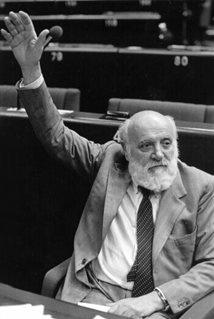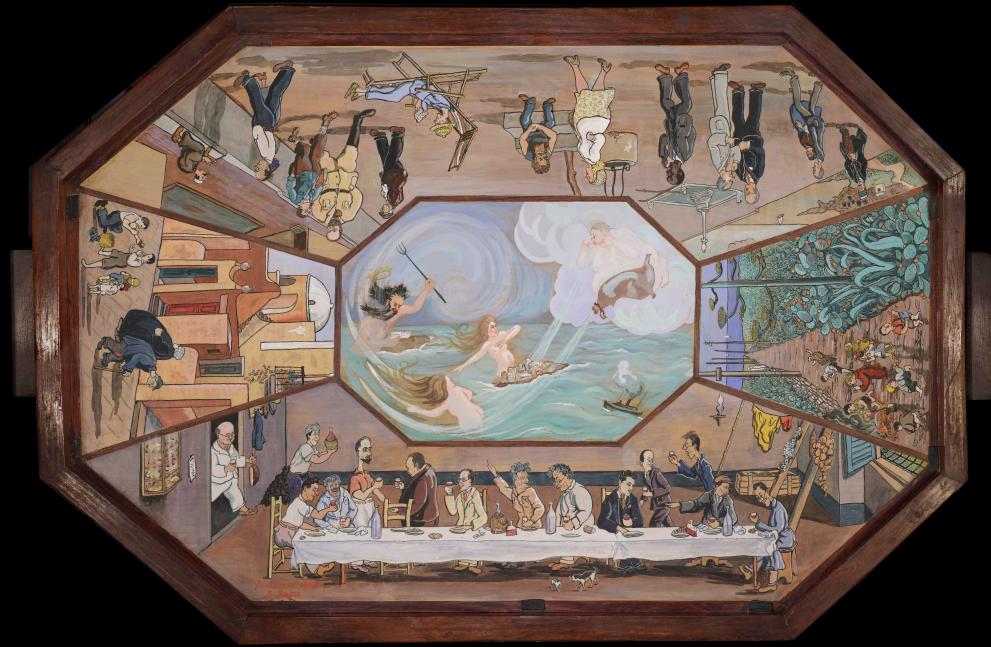
Après les premières élections, malgré sa légitimité démocratique nouvellement acquise, le Parlement européen ne disposait encore que de pouvoirs limités. Cette situation suscitait un large mécontentement. Plusieurs députés au franc-parler ont cherché à faire changer les choses immédiatement, si ce n’était par la législation, du moins dans la pratique. L’élargissement des pouvoirs budgétaires de l’assemblée est notamment devenu un moyen d’influencer un nombre croissant de domaines politiques. Parmi ces courtiers politiques, Altiero Spinelli, partisan de l’unité européenne depuis les années 40, jouait un rôle clé.
En 1941, alors qu’il était emprisonné sur la petite île de Ventotene, Altiero Spinelli avait rédigé un manifeste pour une Europe fédérale avec d’autres opposants au fascisme. Tandis que la guerre faisait rage autour d’eux, il était évident que le système international ne pourrait revenir au statu quo ante une fois la Seconde Guerre mondiale terminée. Plus tard, Altiero Spinelli est devenu commissaire européen et s’est présenté comme candidat au Parlement européen en 1979. À la tête du Club Crocodile, du nom du restaurant strasbourgeois où ses membres se réunissaient, Altiero Spinelli a proposé un projet de traité instituant une Union européenne, un texte d’esprit fédéraliste adopté par le Parlement européen en février 1984. Les enjeux politiques de l’élection imminente sont devenus très importants.
En juin 1984, la Grèce a pu voter pour la première fois en tant que nouvel État membre. Le taux de participation s’est élevé à 59 % et le Français Pierre Pflimlin a été élu Président de l’institution, devenant ainsi le premier ancien Premier ministre d’un État membre à présider le Parlement européen. Le Britannique Charles Henry Plumb est ensuite devenu Président à partir de 1987. L’Espagne et le Portugal ayant rejoint la Communauté européenne au milieu de la législature, une élection partielle a été organisée pour ces deux pays en 1987. Si les États membres n’ont finalement pas approuvé le projet de traité instituant une Union européenne, le texte a ouvert la voie à des évolutions sans précédent, telles que l’approbation de l’Acte unique européen et, en fin de compte, la création de l’Union européenne.


